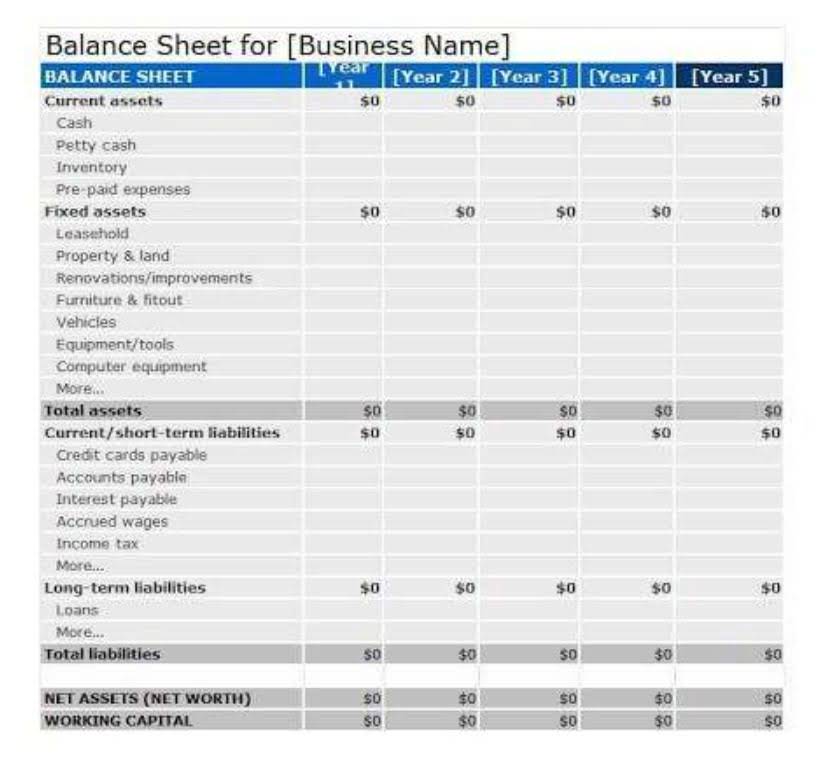What Are Period Costs? Definition, Types, Strategies, Examples

These expenses are pivotal for businesses to comprehend as they directly affect profitability and operational efficiency. Direct laborers are the employees or the labor force that gets directly involved in producing or manufacturing finished goods from raw materials. The direct labor costs are cash flow the salaries, wages, and benefits (like insurance) paid to these labor forces against their services. Direct labor costs include the labor costs of all employees actually working on materials to convert them into finished goods.

Product costs vs period costs: the role in decision-making
This distinction emphasizes the importance of understanding the flow of costs within a company. By properly classifying and timing costs, financial statements can accurately depict a company’s financial performance in a given period. This precise allocation allows stakeholders to interpret the company’s past performance and predict its future profitability. These are more like ongoing business expenses, not tied to a particular product but necessary for keeping the lights on. People often confuse product and period costs due to the complexity of accounting what are period costs terminology and the different ways these costs are treated in financial reporting.
Product Costs vs Period Costs: A Guide to Costs of Product

Instead, they are expensed on the income statement in the period they are incurred. Net Profit is ascertained by subtracting these expenses from the Gross Profit. When the goods are sold, product costs are transferred to the income statement as key elements of the Cost of Goods Sold (COGS). When we talk about product costs, we’re diving into the nitty-gritty of how much it takes to make the things a business sells. So, in the financial statements, it’s a key player in the Cost of Goods Sold (COGS) section on the income Bakery Accounting statement. Period costs are the expenses in a business that aren’t directly linked to making specific products or services.

Budgeting and Forecasting Techniques

When preparing financial statements, companies need to classify costs as either product costs or period costs. We need to first revisit the concept of the matching principle from financial accounting. Out of the production this period, 70% was sold, leaving 30% for Work-in-Process and finished goods inventories. It means 70% of the product costs are recognized as expenses now, with the rest carried over in ending inventory. Product and period costs take part in the financial story, influencing the bottom line and revealing the business’s financial health. When you look at a business’s income statement or a balance sheet, product and period costs show up there, influencing different parts of these financial statements.
- A period cost is any cost consumed during a reporting period that has not been capitalized into inventory, fixed assets, or prepaid expenses.
- My site utilizes a unique process that leverages AI and human subject matter expertise to create the best content possible.
- Additionally, businesses must be agile in their pricing strategies to respond to fluctuations in period costs.
- So, product costs become your pricing compass, guiding you to set prices that keep your bakery in business.
- These costs tend to be clustered into the selling, general and administrative classifications of expenses, and appear in the lower half of a reporting entity’s income statement.
- The management of Raymond’s has estimated its costs to direct material, direct labor, and factory overhead costs.
- Imagine your favorite bakery – the cost of flour, sugar, and the baker’s time to make those croissants you’re so fond of.
An average product cost per shirt of $103 is then determined by dividing the total annual product cost of $2.23 million by the annual production of shirts. The company should charge an amount higher than $103 per piece of its shirts. By estimating the per-unit cost, the entity can set an appropriate sales price and avoid under-pricing or over-pricing its products. “Financial & Managerial Accounting” by Carl S. Warren, James M. Reeve, and Jonathan Duchac. Offering insights into financial and managerial accounting, this book covers the critical aspects of cost management and accounting practices in businesses.